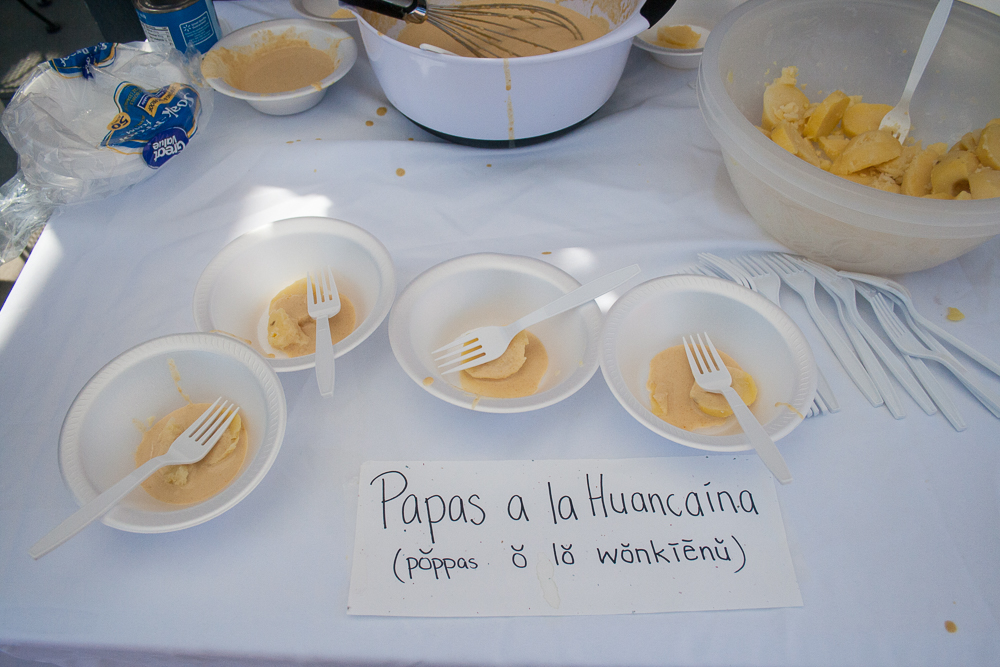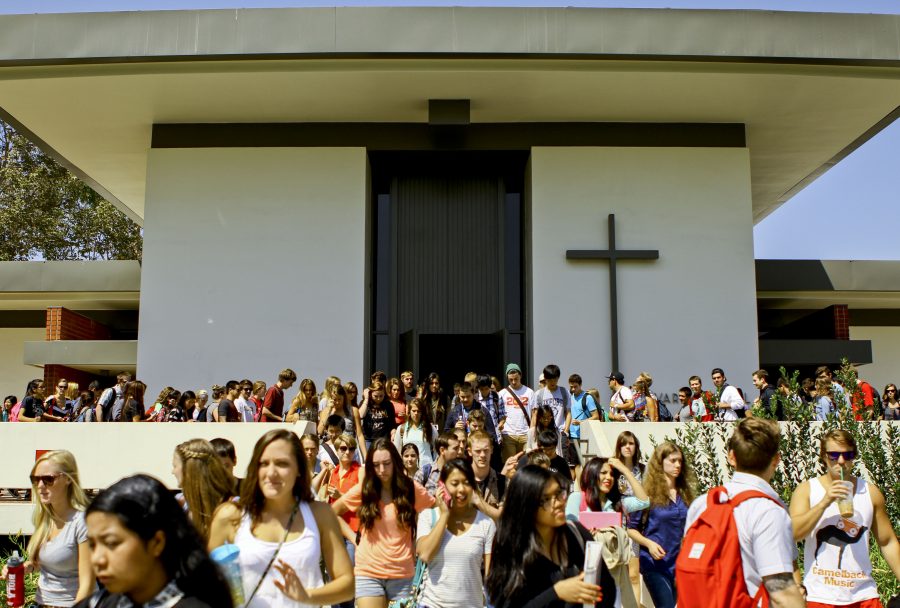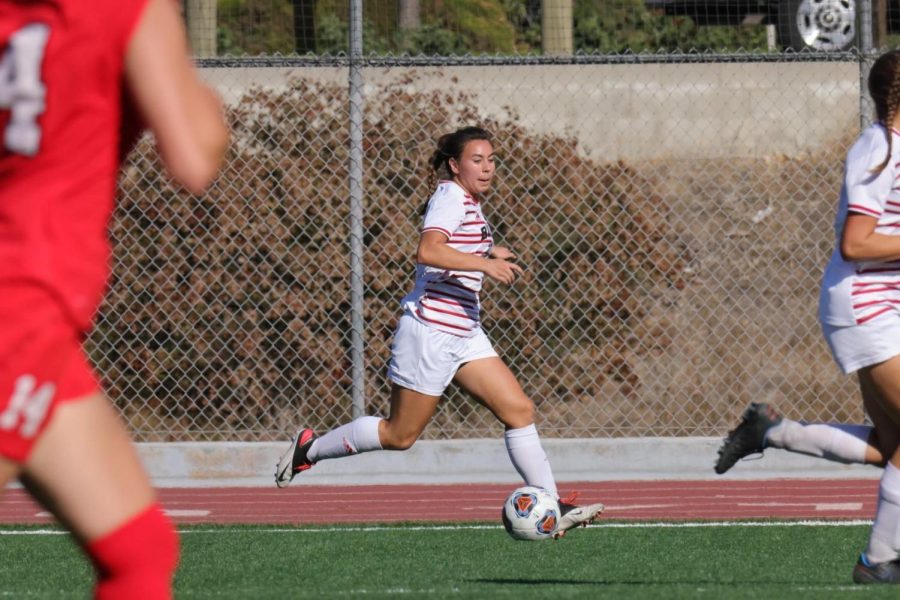When students pass the Fluor Fountain each Wednesday afternoon, they have the opportunity to enjoy and learn about a new culture. Global students greet them at a tent near Fluor Fountain with ethnic food from the country featured that week, while curious students ask questions about the country.
Globally Minded
The Global Students Programs and Development hosts “Wednesday Wakeups” at the Fluor Fountain each Wednesday afternoon from 1 p.m. to 4 p.m. Sophomore English major Joseph Ryan is a global student from Hong Kong who helps out with wakeups. He said the program’s vision is for global students to thrive in a more globally-minded community. Their mission is to serve, equip and empower global students by sharing their culture and stories.
“Wednesday Wakeups— it’s creating a more globally-minded community from them to know about other cultures, other countries. Wednesday wakeup combines our mission and vision,” Ryan said.
Ryan said wakeups combine the mission and vision, creating a more globally minded community for students to learn about other cultures and countries. The main purpose of wakeups is to share different cultures with the Biola Community.
Importance of Involvement
One thing Ryan enjoys about Wednesday Wakeups is seeing other students interact with international students.
“It’s nice to see the interaction between domestic students and global students together,” Ryan said.
Ryan also emphasized the importance of being involved in other cultures, especially since many Biola students may serve overseas in some form after graduation. Ryan said understanding other cultures helps people see that everyone is united in Christ, despite where they were born and raised.
“While there may be some cultural issues like cultural differences that cause a bit of friction, at the end of the day, it’s good to know that we’re all united in Christ,” Ryan said. “It’s just kind of a little glimpse into heaven. It’s cool to see how God created everyone differently and while we may be created differently, we all have one truth that we cling onto.”
Staple Foods
During wakeups, students describe the staple foods from their culture and explain why people in their culture eat certain foods, such as lamb or chicken. In addition to food, another table features items from that country, such as Chinese fans. Students laid out Peruvian currency on the tables and provided food for the country of Peru on Sept. 30.
Junior intercultural studies major Parker Kitzman interns for GSPD. As an intern, Kitzman puts on events for the international community, missionary kids, f-1 visa students and other students who grew up overseas. Kitzman lived in Lima, Peru for six years and made the food served at the booth on Sept. 30.
The food served was “papas a la huancaÍa,” an appetizer made from sliced, boiled potato topped with a cheese based sauce made from queso fresco, evaporated milk, soda crackers and aji amarillo — a paste made with chili peppers. Traditionally, the dish is presented with egg, lettuce and olives. Students also had an option to top their sample with canchita — Peruvian popcorn made out of chocolo, a type of feed corn.
Drinks were provided, including the classic “Inca Kola,” a Peruvian soda Kitzman said tastes somewhat like bubblegum. It is colored yellow to represent the gold of Peru. The second drink was chicha morada, another classic Peruvian drink made with purple corn, pineapple, lime, cloves, cinnamon and sugar.
The Full Spectrum
Kitzman answered students’ questions and told them about the food and culture of Peru. However, he said the samples served did not show the full spectrum of Peru’s variety of foods.
“I would also tell people that this basically doesn’t even make a dent into the variety of food that they have because there are over a thousand typical dishes,” Kitzman said.
Kitzman said while more people know where Peru is than when she lived there due to Machu Picchu tourism, many people still do not know where it is located. She hoped students learned more about Peru as a result of Wednesday Wakeup.
“I hope they see Peru as a more than a country in Latin America. Many people still do not know where Peru is in relation to other countries,” Kitzman said.







